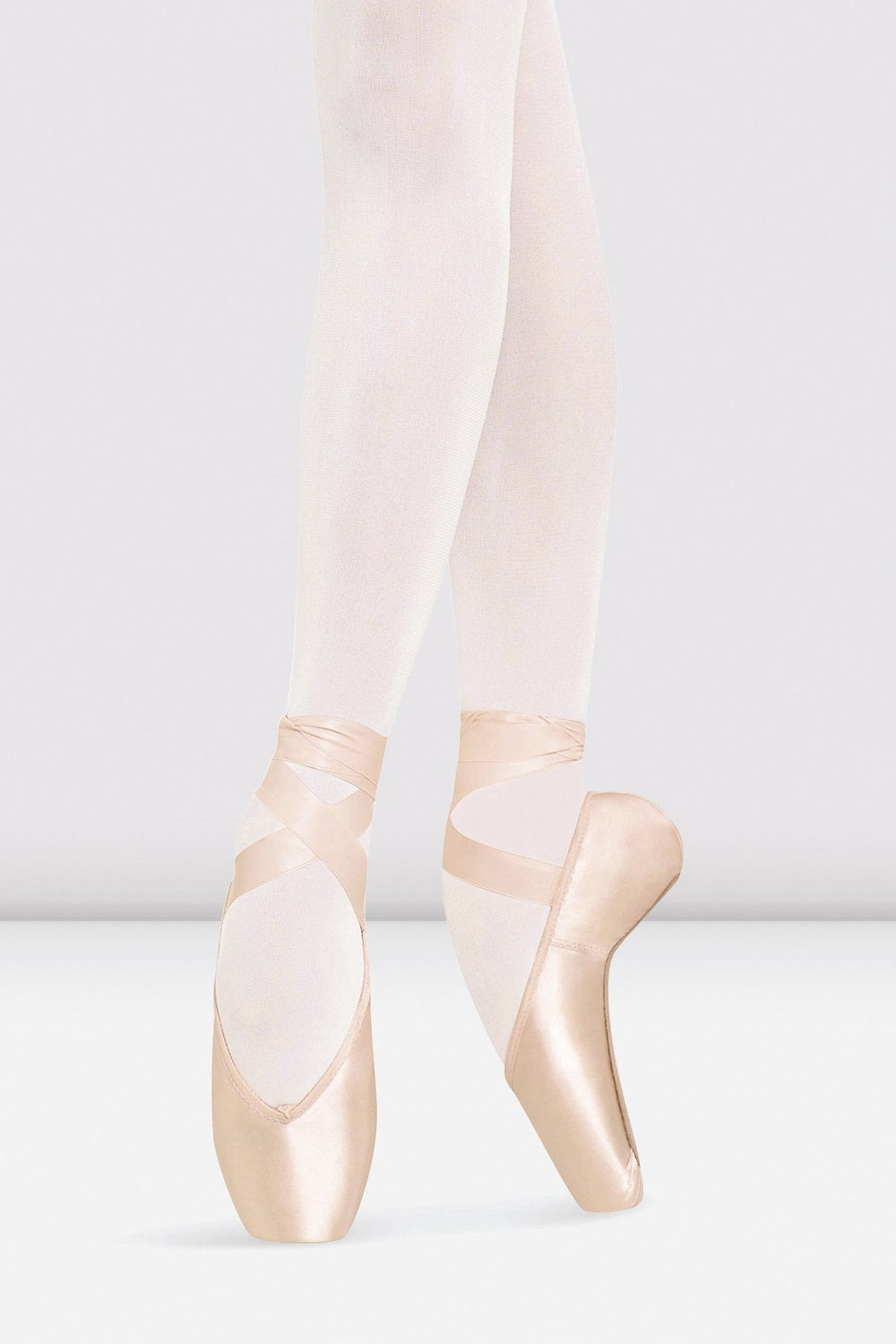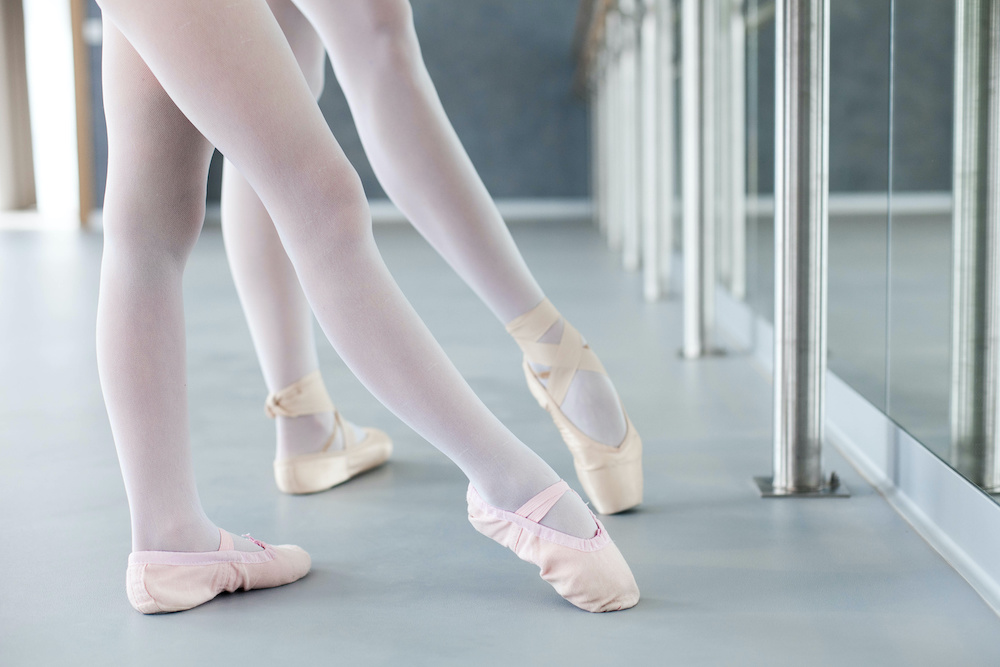Hey there! Have you ever wondered how much ballet shoes cost? Well, today, we’re going to dive into this topic and find out everything you need to know. So, if you’ve got dreams of twirling on stage or just want to learn more about ballet, this is the perfect place to start.
Thank you for reading this post, don't forget to subscribe!Ballet shoes are an essential part of a dancer’s gear, but their cost can vary depending on various factors. In this article, we’ll explore the different types of ballet shoes and their price range, giving you a better idea of how much you might need to budget for these graceful footwear.
Whether you’re a beginner or a seasoned dancer, understanding the costs involved in acquiring ballet shoes is crucial. So, let’s put on our dancing shoes and jump right in to discover the fascinating world of ballet shoe prices!

How Much Do Ballet Shoes Cost: The Ultimate Guide
Ballet is a beautiful art form that requires precision, strength, and grace. To perform at their best, ballet dancers rely on a crucial piece of equipment: ballet shoes. But how much do ballet shoes actually cost? In this comprehensive guide, we will explore the different factors that influence the cost of ballet shoes and provide valuable insights to help you make an informed purchase decision.
The Influence of Brand and Quality
When it comes to ballet shoes, brand and quality are two of the most significant factors that impact the cost. Established ballet brands with a reputation for producing high-quality shoes, such as Capezio, Bloch, and Sansha, tend to have higher price tags. These brands invest heavily in research and development, ensuring that their shoes provide the optimal balance of flexibility, support, and durability. While they may be more expensive, investing in a reputable brand guarantees a shoe that will withstand rigorous training and performance demands.
On the other hand, lower-priced ballet brands or generic options may offer more affordable alternatives. These shoes are often made with less expensive materials and may lack the same level of craftsmanship and attention to detail as higher-end brands. While they can be a suitable choice for beginners or recreational dancers, they may not provide the same level of comfort and durability required for professional or advanced dancers.
The Role of Material and Construction
Another crucial factor in determining the cost of ballet shoes is the material used in their construction. Traditional ballet shoes are typically made from satin or leather, which are high-quality materials known for their flexibility and ability to mold to the dancer’s foot. Satin shoes are more commonly used for performances, while leather shoes are favored for daily training. These natural materials often come with a higher price due to their superior breathability, moisture-wicking properties, and overall comfort.
In recent years, synthetic materials such as canvas have emerged as more affordable alternatives. Canvas shoes are lightweight, breathable, and often favored by dancers due to their ease in breaking in. While they may not have the same luxurious feel as satin or leather, they are a popular choice for beginners or those on a tighter budget.
The construction of ballet shoes also plays a role in their cost. Shoes with reinforced soles, double stitching, and elastic casings tend to be more expensive as they offer increased durability and support. Cheaper options may have thinner soles, single stitching, or weaker elastic, which can result in a shorter lifespan and less stability.
The Impact of Style and Customizations
Ballet shoes come in various styles, each designed to meet the specific needs of the dancer. The most common styles are full-soled and split-soled shoes. Full-soled shoes provide more support and stability, making them ideal for beginners or dancers with weaker feet. Split-soled shoes offer increased flexibility and showcase the arch of the foot, making them a popular choice among advanced dancers. As split-soled shoes require more precise construction, they often come with a higher price tag.
Customizations, such as different colors, embroidery, or special features, can also impact the cost of ballet shoes. While customizations enhance the aesthetic appeal of the shoes, they often come at an additional cost. Factors such as the complexity of the design, the type of embellishment, and the labor involved in creating the customization all contribute to the final price.
Ultimately, when it comes to purchasing ballet shoes, it’s essential to find the right balance between quality, affordability, and individual needs. Investing in a high-quality pair of ballet shoes that fit well and provide adequate support is crucial for the dancer’s comfort and performance. By understanding the factors that influence the cost of ballet shoes, you can make an informed decision and embark on your ballet journey with confidence.
The Benefits of Investing in Quality Ballet Shoes
Investing in high-quality ballet shoes offers numerous benefits, ensuring optimal performance, comfort, and durability. Here are some of the key advantages of choosing quality ballet shoes:
1. Enhanced Performance: Quality ballet shoes provide the necessary support, flexibility, and grip, helping dancers execute precise movements with ease and confidence. This translates into better performances and improved technical abilities.
2. Improved Comfort: High-quality ballet shoes are designed with the dancer’s comfort in mind. They offer proper arch support, cushioning, and breathable materials, preventing common foot problems and discomfort during long rehearsals and performances.
3. Durability: Well-constructed ballet shoes made from quality materials are built to withstand the rigorous demands of dance practice and performance. They last longer, saving money in the long run by avoiding frequent replacements.
4. Injury Prevention: Ballet puts immense stress on the feet and ankles. Investing in well-designed shoes can help prevent common ballet-related injuries by providing crucial support and stability to the feet and arches.
5. Customization Options: Many reputable ballet shoe brands offer customization options, allowing dancers to personalize their shoes with unique designs, colors, or special features. This enhances individuality and adds a touch of personality to their performances.
Tips for Choosing the Right Ballet Shoes on a Budget
While it’s essential to invest in quality ballet shoes, there are ways to find affordable options that still offer adequate support and comfort. Here are some tips for choosing the right ballet shoes on a budget:
1. Research Budget-Friendly Brands: Look for ballet shoe brands that offer cost-effective options without compromising on quality. These brands often provide excellent value for money and cater to dancers on a budget.
2. Consider Canvas Shoes: Canvas ballet shoes are generally more affordable than satin or leather options. They are lightweight, breathable, and easier to break in. For beginners or those still exploring their passion for ballet, canvas shoes can be a suitable choice.
3. Shop Sales and Discounts: Keep an eye out for sales, promotions, and discounts from reputable ballet stores or online retailers. These opportunities can help you get high-quality ballet shoes at a fraction of the original price.
4. Buy Secondhand or Pre-owned: Consider purchasing gently used ballet shoes from fellow dancers or online marketplaces. Many dancers outgrow their shoes or switch styles, making pre-owned options available at a lower cost.
5. Take Proper Care of Your Shoes: By maintaining your ballet shoes correctly, you can extend their lifespan and save money in the long run. Follow the manufacturer’s care instructions, avoid wearing them outside of the dance studio, and store them in a breathable bag to prevent damage.
In conclusion, the cost of ballet shoes can vary significantly depending on factors such as brand, quality, material, construction, style, and customizations. While investing in high-quality ballet shoes is the ideal choice for optimal performance and durability, there are budget-friendly options available that still offer adequate comfort and support. By understanding the various factors that influence the cost, considering your individual needs, and utilizing money-saving tips, you can find the perfect pair of ballet shoes that fit both your budget and dancing aspirations. Happy dancing!
Key Takeaways: How Much Do Ballet Shoes Cost
- Ballet shoes can range in price from $20 to $100 depending on the quality and brand.
- Entry-level ballet shoes for beginners typically cost around $20 to $30.
- Intermediate-level ballet shoes with better materials and construction can cost between $30 to $50.
- Professional-level ballet shoes made with high-quality materials and designed for advanced dancers can cost $50 to $100.
- Extra accessories like ribbons, elastic, and toe pads may incur additional costs.
Frequently Asked Questions
Welcome to our Frequently Asked Questions section, where we provide answers to your queries about ballet shoe prices. From beginner to professional levels, we’ll cover everything you need to know about the cost of ballet shoes.
1. What factors influence the cost of ballet shoes?
The cost of ballet shoes can vary based on a few factors. The first is the material used in the construction of the shoe. Leather ballet shoes tend to be more expensive than canvas ones. The brand and reputation of the manufacturer can also impact the price, with well-known brands often charging higher prices. Additionally, the level of customization and any added features, such as pre-sewn elastics or ribbons, can also increase the cost.
Ultimately, it’s important to find a balance between quality and price to ensure long-lasting shoes that meet your needs and budget.
2. Are there affordable options for beginner ballet dancers?
Absolutely! There are affordable options available for beginner ballet dancers. Many dancewear brands offer entry-level ballet shoes at a lower price point. These shoes are designed to meet the needs of beginners while still providing the necessary support and comfort. Canvas ballet shoes, which are generally less expensive than leather ones, are a popular choice for beginners.
Additionally, it’s worth checking with local dance supply stores or online retailers for discounts and sales on ballet shoes. They often have promotions that can help you find affordable options without compromising on quality.
3. Is it worth investing in more expensive ballet shoes for advanced dancers?
For advanced dancers, investing in higher-priced ballet shoes can be worth it. The quality of the materials used and the craftsmanship in these shoes often result in greater durability and longevity. Advanced dancers have specific needs in terms of flexibility and support, and higher-end ballet shoes are designed to meet those needs.
However, it’s important to note that not all expensive ballet shoes are necessarily better for every dancer. Each dancer has unique feet and preferences, so what works well for one person might not be the best option for another. It’s always a good idea to try on different brands and styles to find the perfect fit for your feet and needs.
4. Can you save money on ballet shoes without compromising quality?
Yes, it’s possible to save money on ballet shoes without compromising on quality. Here are a few tips: first, shop around and compare prices from different retailers. You may find the same pair of ballet shoes at a lower price elsewhere. Second, consider buying ballet shoes during sales or clearance events. You can often find great discounts during these times.
Another option is to look for pre-owned ballet shoes. Many dancers outgrow their shoes or change styles over time, and they often sell their gently used shoes at a lower price. Just make sure to check the condition and fit before making a purchase. Finally, taking care of your ballet shoes properly can help extend their lifespan, saving you money in the long run.
5. When should ballet shoes be replaced, and how often?
Ballet shoes should be replaced when they show signs of excessive wear and tear or when they no longer provide the necessary support and comfort. The exact lifespan of ballet shoes varies depending on factors such as frequency of use, intensity of dance activity, and individual foot mechanics.
Generally, a good rule of thumb is to replace ballet shoes every 6-12 months for regular dancers. However, if you notice significant sole or fabric damage, loss of shape, or discomfort, it’s best to replace them sooner. Regularly checking the condition of your shoes and consulting with a dance instructor or professional fitter can help determine when it’s time for a new pair.

Summary:
Ballet shoes can cost anywhere from $15 to $100, depending on the brand and quality. Some cheaper options are available for beginners. It’s important to choose the right size and style to ensure comfort and proper support for dancing. Taking care of your ballet shoes will help them last longer.
Overall, the cost of ballet shoes can vary, but it’s possible to find affordable options without compromising quality. Remember to do your research and talk to your dance teacher for recommendations. Happy dancing!

